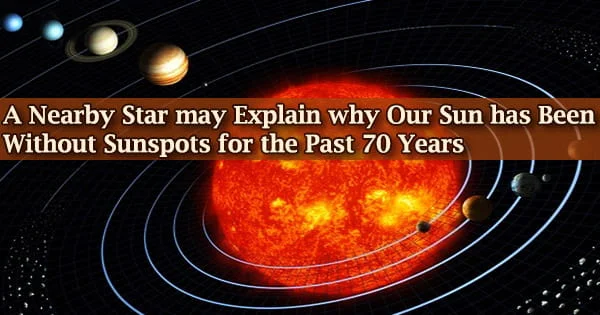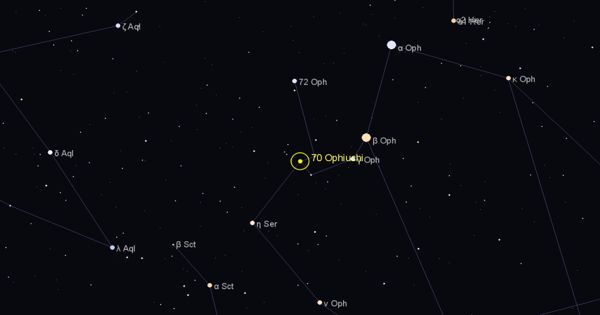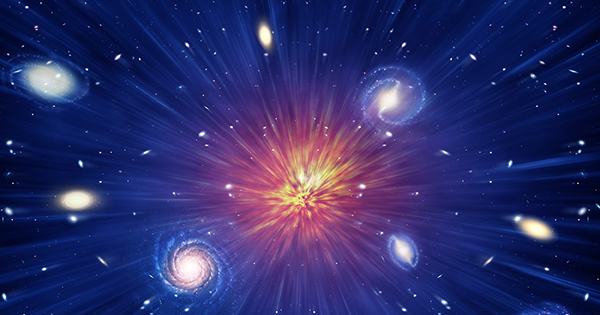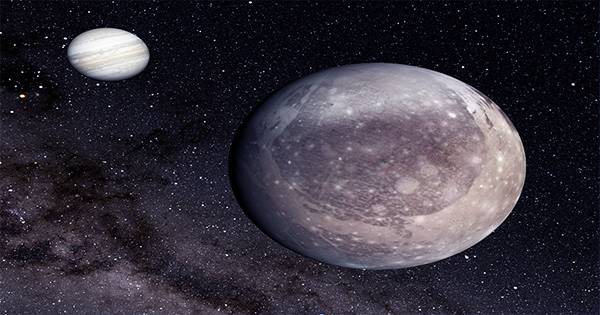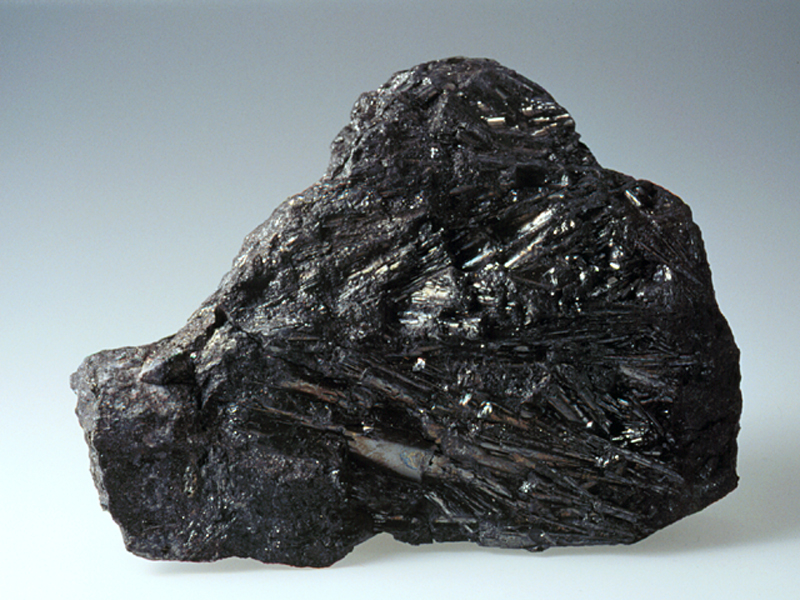The number of sunspots on our Sun generally ebbs and flows in an 11-year cycle, but scientists have been baffled for three centuries by an odd 70-year period when sunspots were extremely rare.
According to a team of Penn State researchers, a neighboring Sun-like star appears to have interrupted its own cycles and entered a comparable phase of unusual starspots.
Continuing to study this star could help explain what happened to our own Sun during the “Maunder Minimum,” as well as provide insight into the Sun’s stellar magnetic activity, which can interfere with satellites and global communications, as well as potentially alter Earth’s climate.
Recent research published online in the Astronomical Journal describes the star and a catalog of 5 decades of starspot activity of 58 additional Sun-like stars.
Starspots occur as a dark spot on a star’s surface as a result of the star’s dynamo, the process that generates its magnetic field, which causes temporary lower temperatures in the area. Changes in starspot frequency on our Sun have been documented by astronomers since they were first spotted by Galileo and other astronomers in the 1600s, thus there is a good record of its 11-year cycle.
The Maunder Minimum, which lasted from the mid-1600s until the early 1700s and has confused astronomers ever since, is the exception.
“We don’t really know what caused the Maunder Minimum, and we have been looking to other Sun-like stars to see if they can offer some insight,” said Anna Baum, an undergraduate at Penn State at the time of the research and first author of the paper.
“We have identified a star that we believe has entered a state similar to the Maunder Minimum. It will be really exciting to continue to observe this star during, and hopefully as it comes out of, this minimum, which could be extremely informative about the Sun’s activity three hundred years ago.”
Did the Sun’s magnetic field basically turn off? Did it lose its dynamo? Or was it still cycling but at a very low level that didn’t produce many sunspots? We can’t go back in time to take measurements of what it was like, but if we can characterize the magnetic structure and magnetic field strength of this star, we might start to get some answers.
Anna Baum
For 59 stars, the researchers used data from a variety of sources to piece together 50 to 60 years of starspot data. This included data from the Mount Wilson Observatory HK Project, which operated from 1966 to 1996 and was aimed to examine star surface activity, as well as data from Keck Observatory’s ongoing search for exoplanets, which includes this type of data from 1996 to 2020.
The researchers created a database of stars that featured in both sources and had additional publicly available data that could assist explain starspot activity. The team also worked hard to standardize measurements from various telescopes so that they could be compared directly and the data could be cleaned up.
By watching at least two full periods of cycles, which can last more than a decade, the scientists identified or confirmed that 29 of these stars exhibit starspot cycles.
Some stars appeared to have no cycles at all, which could indicate that they rotate too slowly to have a dynamo and are therefore magnetically ‘dead,’ or that they are nearing the end of their lifetimes. Several of the stars will need to be studied further to see if they have a cycle.
“This continuous, more than 50-year time series allows us to see things that we never would have noticed from the 10-year snapshots that we were doing before,” said Jason Wright, professor of astronomy and astrophysics at Penn State and an author of the paper. “Excitingly, Anna has found a promising star that was cycling for decades but appears to have stopped.”
According to the researchers, the star known as HD 166620 had a 17-year cycle but has now entered a period of low activity and has not displayed any evidence of starspots since 2003.
“When we first saw this data, we thought it must have been a mistake, that we pulled together data from two different stars or there was a typo in the catalog or the star was misidentified,” said Jacob Luhn, a graduate student at Penn State when the project began who is now at the University of California, Irvine.
“But we double and triple checked everything. The times of observation were consistent with the coordinates we expected the star to have. And there aren’t that many bright stars in the sky that Mount Wilson observed. No matter how many times we checked, we always come to the conclusion that this star has simply stopped cycling.”
The researchers want to keep researching this star during its minimum period, as well as when it emerges from its minimum and begins to cycle again. This ongoing study could provide crucial details about how the Sun and other stars generate their magnetic dynamos.
“There’s a big debate about what the Maunder Minimum was,” said Baum, who is now a doctoral student at Lehigh University studying stellar astronomy and asteroseismology .
“Did the Sun’s magnetic field basically turn off? Did it lose its dynamo? Or was it still cycling but at a very low level that didn’t produce many sunspots? We can’t go back in time to take measurements of what it was like, but if we can characterize the magnetic structure and magnetic field strength of this star, we might start to get some answers.”
A greater knowledge of the Sun’s surface activity and magnetic field could have a number of critical consequences. Strong star activity, for example, can disrupt satellites and worldwide communications, and a particularly powerful solar storm in Quebec in 1989 knocked out the electricity grid.
It has also been hypothesized that sunspot cycles are linked to Earth’s climate. Furthermore, the researchers stated that data from this star could have an impact on our search for planets outside of our solar system.
“Starspots and other forms of surface magnetic activity of stars interfere with our ability to detect the planets around them,” said Howard Isaacson, a research scientist at the University of California, Berkeley, and an author of the paper. “Improving our understanding of a star’s magnetic activity might help us improve our detection efforts.”
Researchers can now look into the curated database of the 59 stars and their starspot activity that was created as part of this study.
“This research is a great example of cross-generational astronomy, and how we continue to improve our understanding of the universe by building upon the many observations and dedicated research of astronomers that came before us,” said Wright.
“I looked at starspot data from Mount Wilson and Keck Observatory for my thesis when I was a graduate student, Howard looked at starspot data from the California Planet Survey for his master’s thesis, and now Anna has stitched together all the data for a more comprehensive look across the years. We are all excited to continue studying this and other promising stars.”
